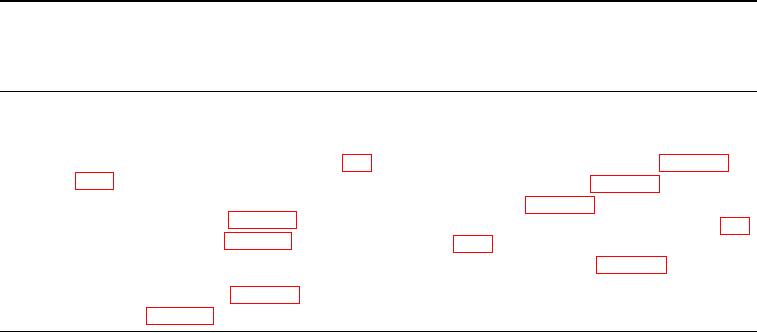
2
TM 5-3805-255-14
SUSTAINMENT MAINTENANCE
-
FUEL INJECTOR TESTING AND REPAIR
0099
INITIAL SETUP
Equipment Condition
Tools and Special Tools
0
0
Tool Kit, General Mechanic's, Automotive (WP
Machine parked on level ground (WP 0005)
0
0128, Item 20)
Parking brake applied (WP 0005)
0
0
Adapter for Pressure Testing Valve Housing to
Engine OFF (WP 0005)
0
Injection Nozzle Lines (WP 0128, Item 1)
Battery disconnect switch in OFF position (WP
0
Test Set, Diesel Injector (WP 0128, Item 19)
0
0
Fuel injectors removed (WP 0027)
Materials/Parts
0
0
Fuel, Diesel, DF-2 Grade (WP 0130, Item 13)
0
Rag, Wiping (WP 0130, Item 28)
0
TESTING
00099
WARNING
Keep hands away from nozzle spray. At opening pressure, velocity of spray could
puncture skin. Failure to follow this warning may result in injury to personnel.
NOTE
Before testing nozzles, it is advisable to place them in a cold decarbonizing solution for at
least one hour.
After removing nozzles from solution, wash off exterior of all dirt and carbon.
Use clean filtered diesel fuel and standard type hand pump (equipped with a pressure
gauge having a capacity of at least 4,000 psi [27,579 kPa]) when testing nozzle
assemblies.
1. Connect nozzle loosely to hand test pump. Pump handle several strokes to flush out fittings; then tighten
nozzle.
2. CHATTER: Operate test pump and observe if nozzle chatters at opening pressure and if all orifices in the
nozzle tip are clear. Fuel should spray in an atomized mist and valve should emit a sharp high-pitched chatter.
If chattering does not occur, flush with test pump using rapid, complete strokes.
3. OPENING PRESSURE: Pump test pump handle a few strokes to clear air from nozzle and then raise pressure
steadily. Observe gauge pressure at which valve opens. Opening pressure should be between 3,500 to 3,600
psi (24,130 to 24,820 kPa). If pressure is below that specified, nozzle must be disassembled and reset by
addition of shims.
4. SEAT LEAKAGE: Wipe nozzle tip dry. Bring pressure up slowly to 500 psi (3,450 kPa) below nozzle opening
pressure and maintain this pressure for 5 seconds. Wetting of nozzle is permissible without formation of a
droplet.
0099-1

